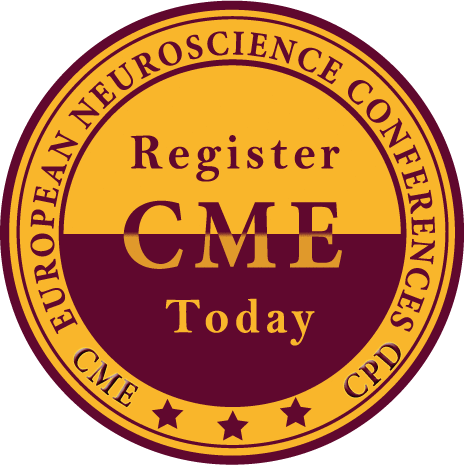Prisca-Rolande Bassole
Cheikh Anta Diop University, Senegal
Title: Early epileptic encephalopathies with suppression burst
Biography
Biography: Prisca-Rolande Bassole
Abstract
Early epileptic encephalopathies (EE) with suppression burst (SB) are serious because of their drug resistance and the impact on psychomotor development of children involved. Our objective is to identify the determinants of this pathology in Dakar. This is a retrospective and prospective study from medical records from January 2013 to January 2015, performed on children who followed at Neurological Clinic of Fann Teaching Hospital of Dakar. Interested patients with early epilepsy, delayed psychomotor development and EEG pattern of SB. Anamnestic, clinical, electroencephalographic and progressive
aspects with treatment were evaluated. We report four cases of children with two family epilepsy notion, undocumented, who presented early encephalopathy with polymorphic seizures dominated by tonic seizures which began the first day of life for two, 30 days of life and the beginning of the third month for the other two. The first sleep EEG performed showed a pattern
of suppression burst. The electro-clinical evolution is good for three patients with the treatment, based mainly on sodium valproate at a dose of 20 mg/Kg/day in average. It is marked by the disappearance of seizures or decreased in frequency and by improving the sleep EEG monitoring with disappearance of SB. For the 4th patient, the change made to another type of
EE which is the West syndrome. Psychomotor retardation remained evident for all patients. The early EE with SB represent a vast and serious disease. The ictal expression, mixing myoclonus and tonic seizures underlie the same pathophysiology. Even in the absence of crisis, the interictal activity seems worsen treatment response with bad psychomotor prognosis. The precise
description of these syndromes remains useful for achieving optimal diagnosis and treatment of these EE age-dependent. The results of this work open up the prospect for further studies including longitudinal that would better individualize these serious early diseases especially because there are treatable causes and identify a better prognosis factors.

